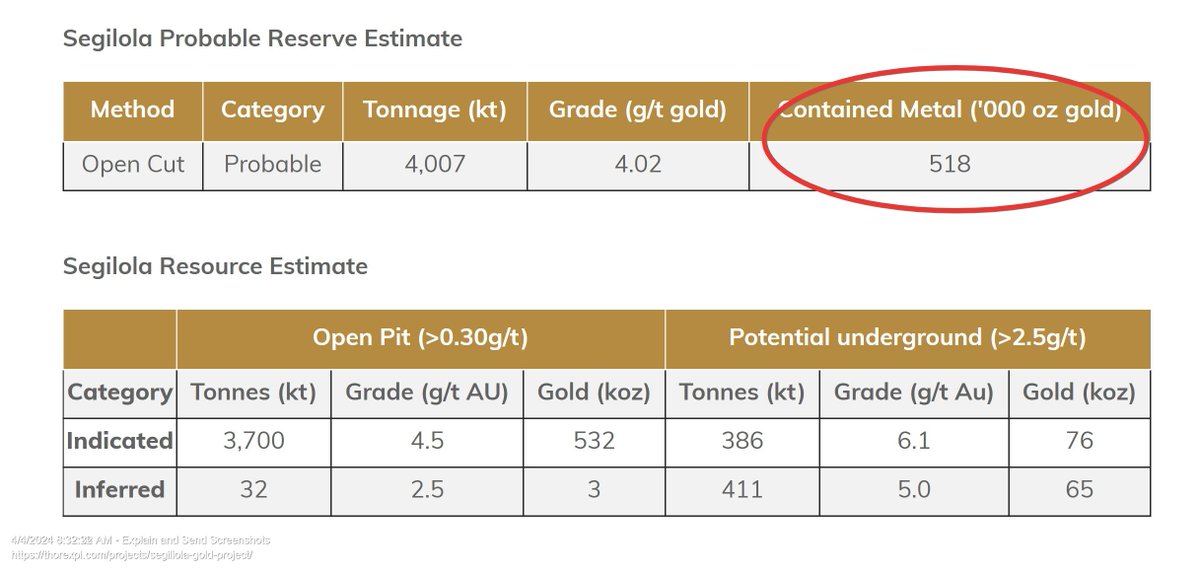(1/9)
Countries recording highest number of new Covid cases to date (last 24 hours). Source Worldometer.
Pakistan (4.78)
Mexico (1.16)
S.Arabia (7.92)
India (13.99)
Bangladesh (4.87)
Argentina (5.57)
Brazil (NA)
#AVCT #GDR
Countries recording highest number of new Covid cases to date (last 24 hours). Source Worldometer.
Pakistan (4.78)
Mexico (1.16)
S.Arabia (7.92)
India (13.99)
Bangladesh (4.87)
Argentina (5.57)
Brazil (NA)
#AVCT #GDR
(2/9)
Countries recording 2nd highest number of cases in last 24 hours :
Chile (3.97)
Bolivia (2.2)
The bracketed number is the number of tests performed per confirmed case, as recorded by 'Our World in Data'
Countries recording 2nd highest number of cases in last 24 hours :
Chile (3.97)
Bolivia (2.2)
The bracketed number is the number of tests performed per confirmed case, as recorded by 'Our World in Data'
(3/9)
To place the level of testing by these nations in context, the UK is recorded as having 46.92 tests per confirmed case, as of 8th June.
As a whole, yesterday the world recorded its highest number of daily Covid cases to date, at 134,705
To place the level of testing by these nations in context, the UK is recorded as having 46.92 tests per confirmed case, as of 8th June.
As a whole, yesterday the world recorded its highest number of daily Covid cases to date, at 134,705
(4/9)
Clearly the above nations aren't testing enough and if they did, then the true number of world cases would rise significantly.
India as an example, still only testing 100k per day but daily confirmed cases up to over 12,000
Clearly the above nations aren't testing enough and if they did, then the true number of world cases would rise significantly.
India as an example, still only testing 100k per day but daily confirmed cases up to over 12,000
(5/9)
In the US a number of states have very recently seeing a surge in cases. One of them is Arizona, a county that has also experienced a heat wave, with temperatures over 90 degrees of late.
Same temperature issue can be said of India, Mexico, Bangledesh, S. Arabia
In the US a number of states have very recently seeing a surge in cases. One of them is Arizona, a county that has also experienced a heat wave, with temperatures over 90 degrees of late.
Same temperature issue can be said of India, Mexico, Bangledesh, S. Arabia
(6/9)
So where is the true rest bite from Covid cases when the sun starts to shine?
As posted yesterday, Covid is now expanding in countries that cannot drive measures as strongly as Europe could and so its effects are more startling, be it hidden right now.
So where is the true rest bite from Covid cases when the sun starts to shine?
As posted yesterday, Covid is now expanding in countries that cannot drive measures as strongly as Europe could and so its effects are more startling, be it hidden right now.
(7/9)
Will these countries increase their testing regimes, if given the chance?
Well Mexico City has just announced a programme to increase testing, which goes against the Fed government's position of it being a waste of resources.
Will others follow? Who knows?
Will these countries increase their testing regimes, if given the chance?
Well Mexico City has just announced a programme to increase testing, which goes against the Fed government's position of it being a waste of resources.
Will others follow? Who knows?
(8/9)
However, that's not the point. The point is how does the world rid itself of Covid quickly, when so many poorer countries have such a clear widespread problem with the virus and cannot control their outbreaks.
To date, heat is not doing the job.
However, that's not the point. The point is how does the world rid itself of Covid quickly, when so many poorer countries have such a clear widespread problem with the virus and cannot control their outbreaks.
To date, heat is not doing the job.
(9/9)
So how long can places like Europe shut itself off from these parts of the world? How does Europe protect itself from further outbreaks, if Covid is so embedded in the world?
For me its testing and lots of it and for a sustained period.
So how long can places like Europe shut itself off from these parts of the world? How does Europe protect itself from further outbreaks, if Covid is so embedded in the world?
For me its testing and lots of it and for a sustained period.
• • •
Missing some Tweet in this thread? You can try to
force a refresh








